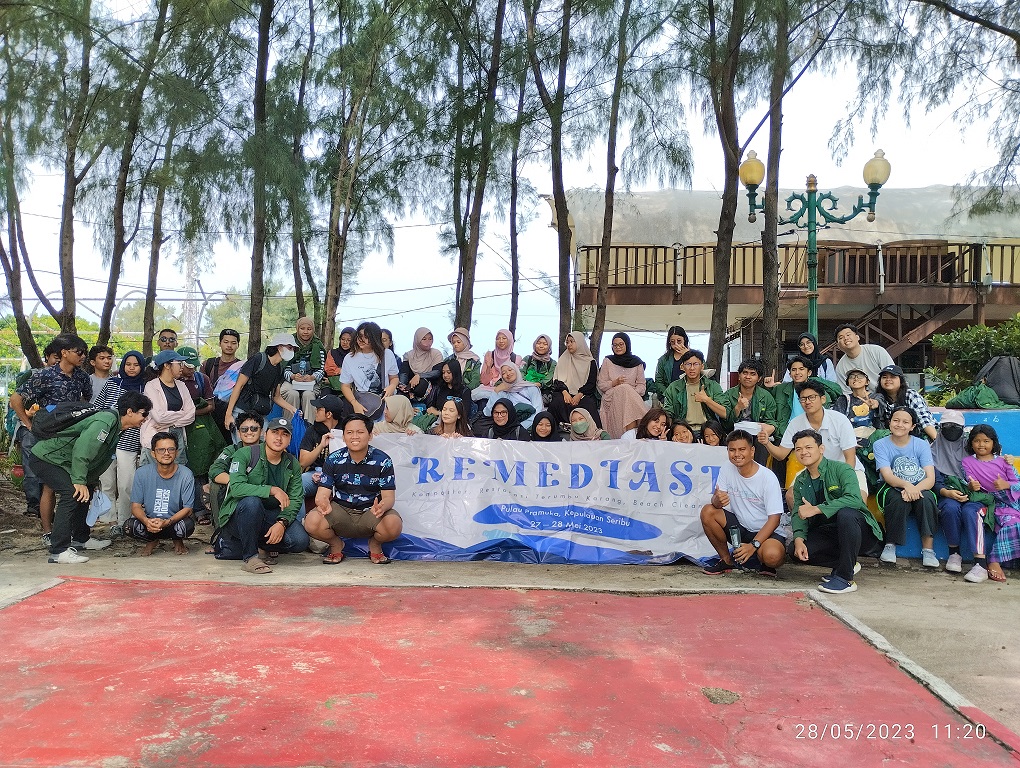Collaboration Between ITB and MIT For the Dynamic Housing and Residency Mobility Planning at Indonesia’s New Capital City
By Adi Permana
Editor Adi Permana

|
BANDUNG, itb.ac.id –The SAPPD (School of Architecture, Planning and Policy Development) ITB held a focus group discussion with MIT (Massachusetts Institute of Technology) on Monday (29/11). The forum was part of the research conducted by both ITB and MIT to examine the preparations of Indonesia’s new capital city. |
|
By inviting practitioners from the Urban+ Institute and Bappenas (Ministry of National Development Planning of the Republic of Indonesia), the focus group discussion raised the topic “Smart City Prospects in the New Capital City: Potentials and Challenges in Land Use, Mobility, and Housing Development”. |
|
The Dean of SAPPD ITB, Dr. Sri Maryati, S.T., M.I.P., commenced the meeting with a welcoming speech. The session was followed by the moderator Dr. Adiwan F. Aritenang, who also taught in the Urban and Regional Planning Study Program. |
|
Prof. Haryo Winarso, a professor from the ITB Urban and Regional Planning Study Program, was the first speaker for the discussion. He explained the dynamic planning of housing development in Indonesia’s new capital city. |
|
In studying housing provision, Prof. Haryo noted that it was necessary to know in advance the target of the housing plan, the number of houses build, site location, construction schedule, the responsible party for the development management, and funding. Two schemes were applied in the planning: PPP/PPPP (Public Private Partnership/Public Private People Partnership) and private sectors. |
|
He then shared the necessary dynamic planning to respond towards the construction commencing in the new capital city. This urban spatial planning can dynamically and flexibly accommodate potential modifications in future schemes. |
|
“Dynamic planning is needed due to the housing provisions in rapidly developing areas that are different from developed ones. Conditions in the new capital city can be adjusted to the construction agendas, depending on the demand and request changes of various housing types on different construction periods,” Prof. Haryo clarified. |
|
The digital twin technology is implemented to support this plan- a 3D model that aids in decision-making processes. It handles the planning of the housing site before construction begins. |
|
The 10-minute City Concept |
|
Andres Sevtsuk- an Urban Science and Planning professor from MIT- illustrated the 10-minute city concept that will be carried out at Indonesia’s new capital. The concept has met at least 6 out of 24 key-performance indexes of the city planning scheme. |
|
Andres listed several key points to be aware of when applying the concept. One of them is avoiding both housing and worksites from being close to one another. The majority tend to choose their jobs based on other non-spatial factors; thus, locating both places near each other does not ease the mobilization of the people. |
|
The 2009 US survey data revealed that the proportion of the journey taken by people to their workplaces covers only 25% of their whole journey in life. Hence, housing planning must focus more on upgrading accessibility to other aspects besides work, such as recreation. |
|
Fulfillment of all housing necessities should not only be limited to certain residential areas. Therefore, access to non-motorized transportation must be expanded to ensure its traveling accommodation reaches all housing areas and more people gain access to adequate public transportation. Reporter: Achmad Lutfi Harjanto (Perencanaan Wilayah dan Kota, 2020) Translator: Ruth Nathania (Teknik Lingkungan, 2019) |

.jpg)

.jpg)
.jpg)
.jpg)


